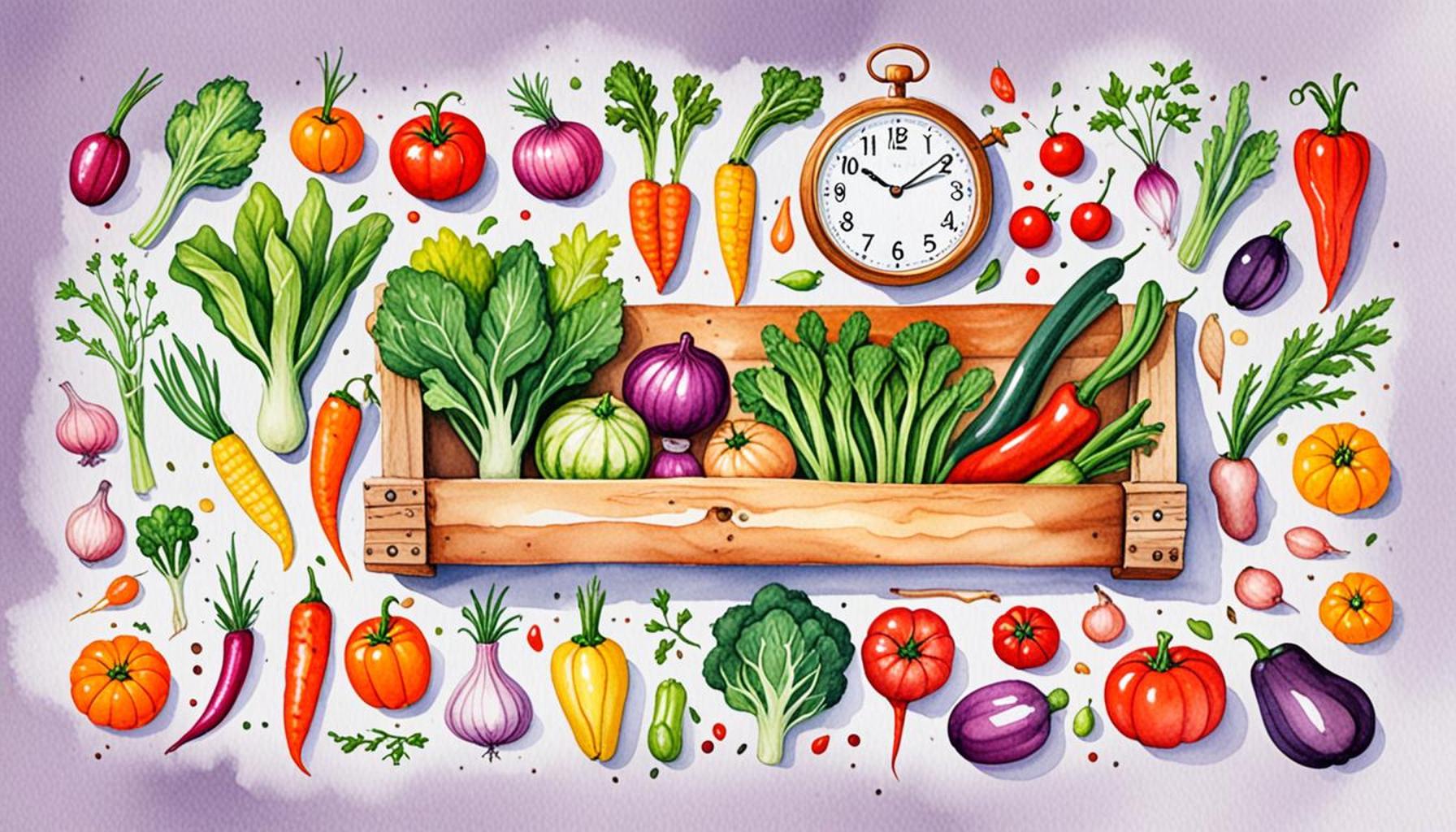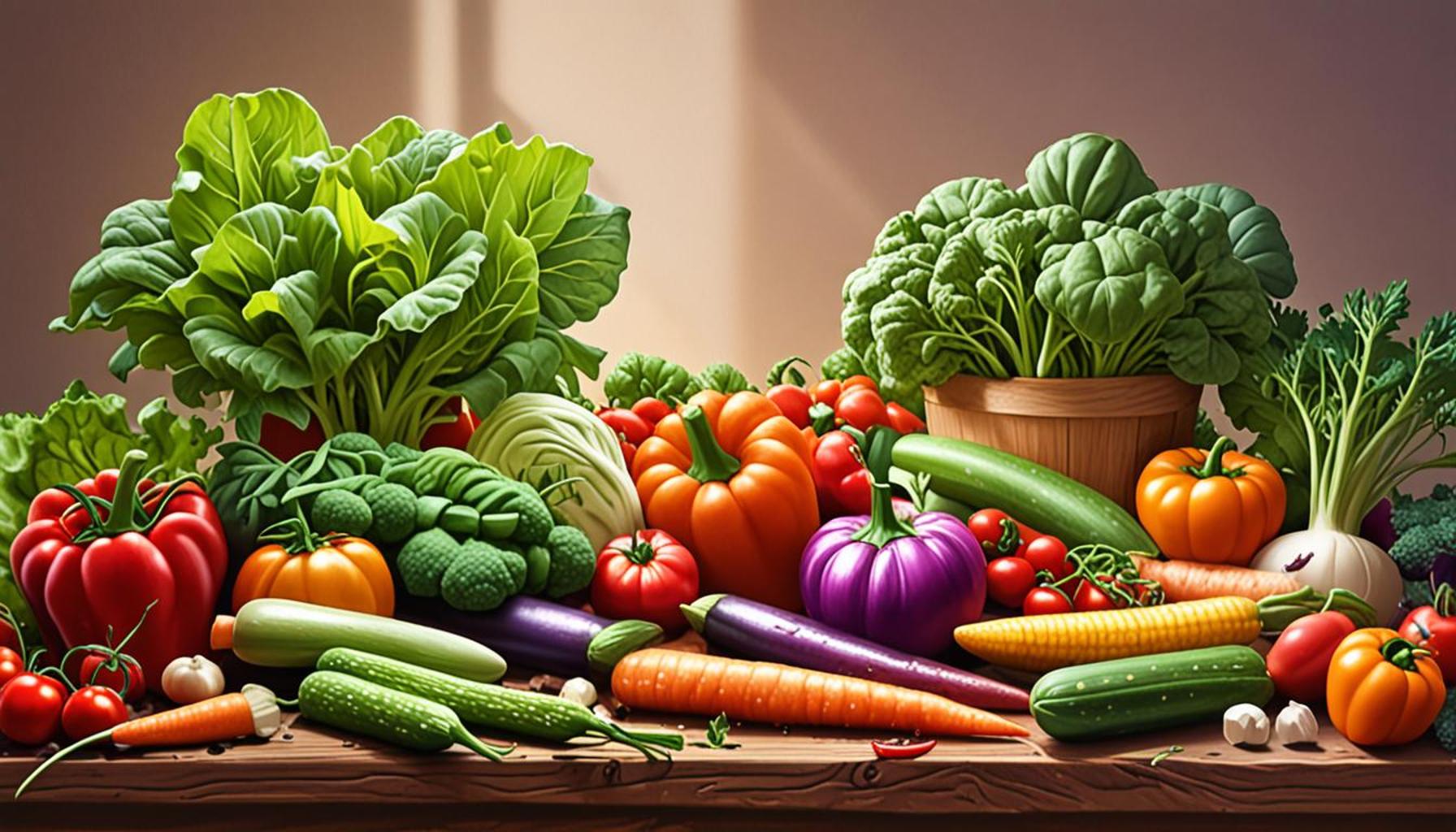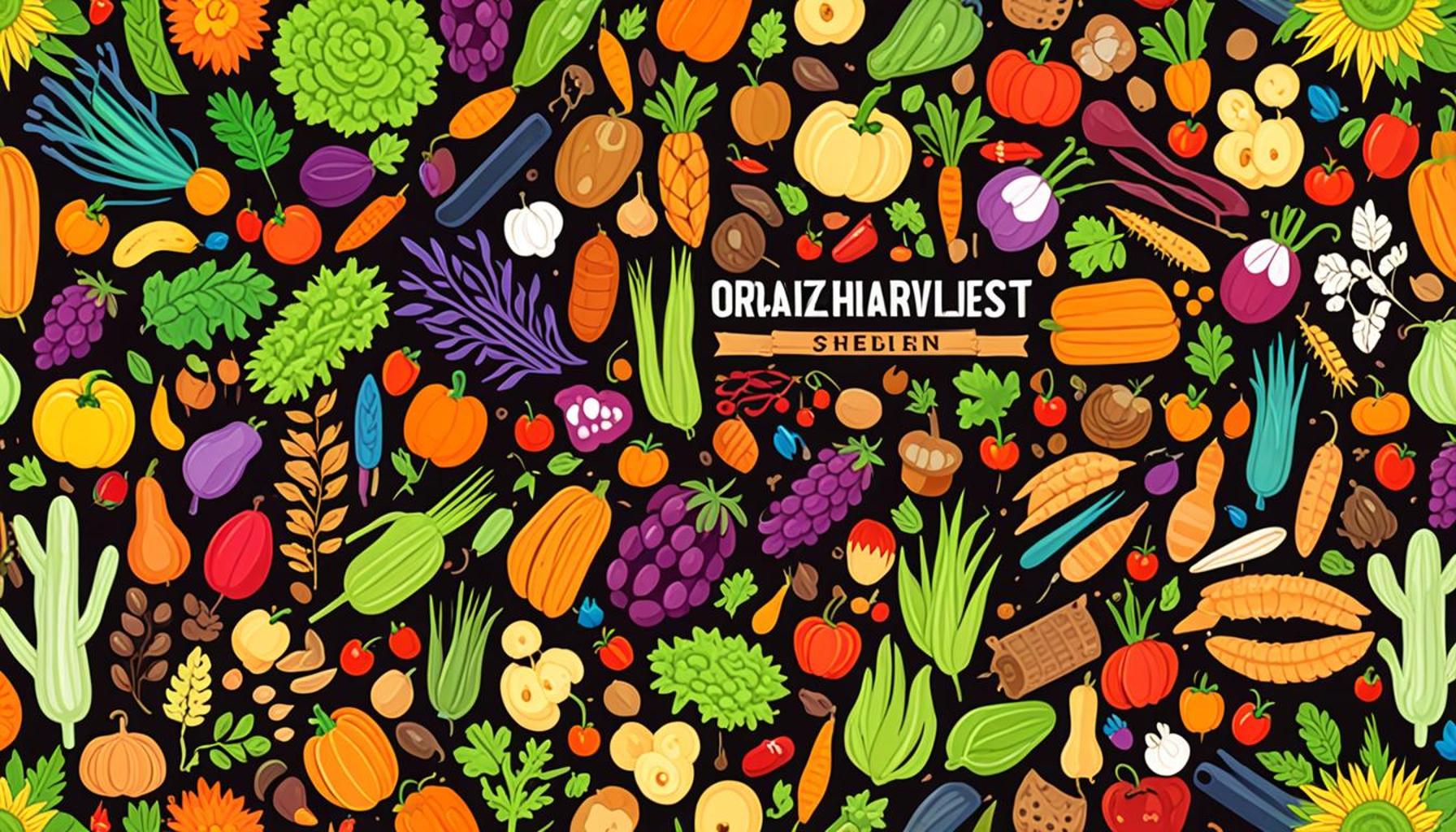How to Identify Pests and Diseases During the Harvest of Homegrown Crops
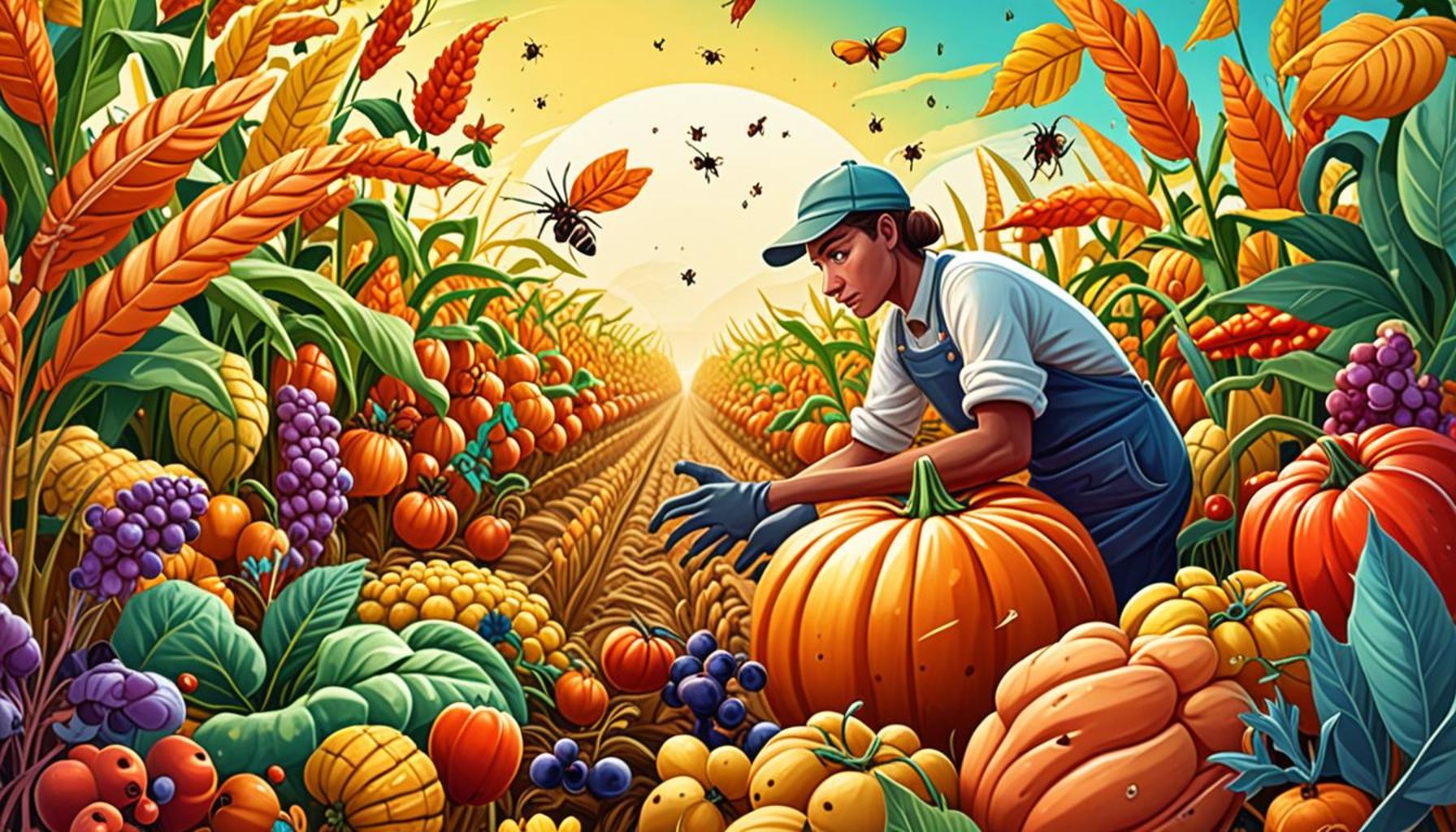
The Thrill and Challenge of Harvest Time
As summer wanes and the season of abundance approaches, gardeners across the United States prepare to reap the rewards of their patience and hard work. The prospect of harvesting fresh tomatoes, zucchini, and peppers fills many with joy. However, this enthusiasm can be quickly dampened by the realization of potential threats lurking in your garden: pests and diseases. Each year, these adversaries can turn a promising harvest into a scenario overflowing with disappointment, making it crucial to recognize their signs early.
Identifying Common Issues
Being able to identify the telltale signs of trouble can determine whether your garden thrives or faces a grim fate. Some of the most common indicators include:
- Discoloration: A plant’s leaves, stems, or fruits may display yellow, brown, or black spots. Yellowing can be a sign of nutrient deficiency or disease, while dark spots often suggest fungal infections.
- Physical damage: Holes appearing in leaves or fruits could indicate insect infestations, such as those caused by caterpillars or beetles. For example, the infamous cabbage worm can wreak havoc on leafy greens, leaving them riddled with holes.
- Wilting: If your plants suddenly droop, they could be suffering from root diseases like root rot, often spurred by overwatering or poorly draining soil. Symptoms may also arise from pests that damage root systems, like nematodes.
Essential Knowledge for Intervention
The battle against garden invaders requires a keen eye and informed tactics. Familiarizing yourself with common pests such as aphids, which can cluster on the undersides of leaves, or spider mites that create fine webs, can help you intervene before they cause extensive damage. Likewise, understanding diseases like powdery mildew—a white fungal growth on leaves or stems—or blight, particularly in tomatoes and potatoes, will empower you to take the necessary preventive measures.
Incorporating regular inspections into your gardening routine can make a significant difference. Take time each week to examine your plants, noting any changes. Early detection can facilitate quick and effective treatments, whether through organic means such as neem oil or insecticidal soap, or chemical treatments when necessary. Resources such as local extension services can provide guidance tailored to your area.
Protecting Your Harvest
In conclusion, the key to a flourishing garden lies in your ability to act swiftly and knowledgeably against both pests and diseases. By educating yourself, you equip your garden with a solid defense, ensuring that the fruits of your labor are not just a dream but a tangible reality. With practice, your discerning eye will become adept at detecting the nuances between healthy and afflicted plants, thus safeguarding your harvest and maintaining the integrity of your homegrown produce.
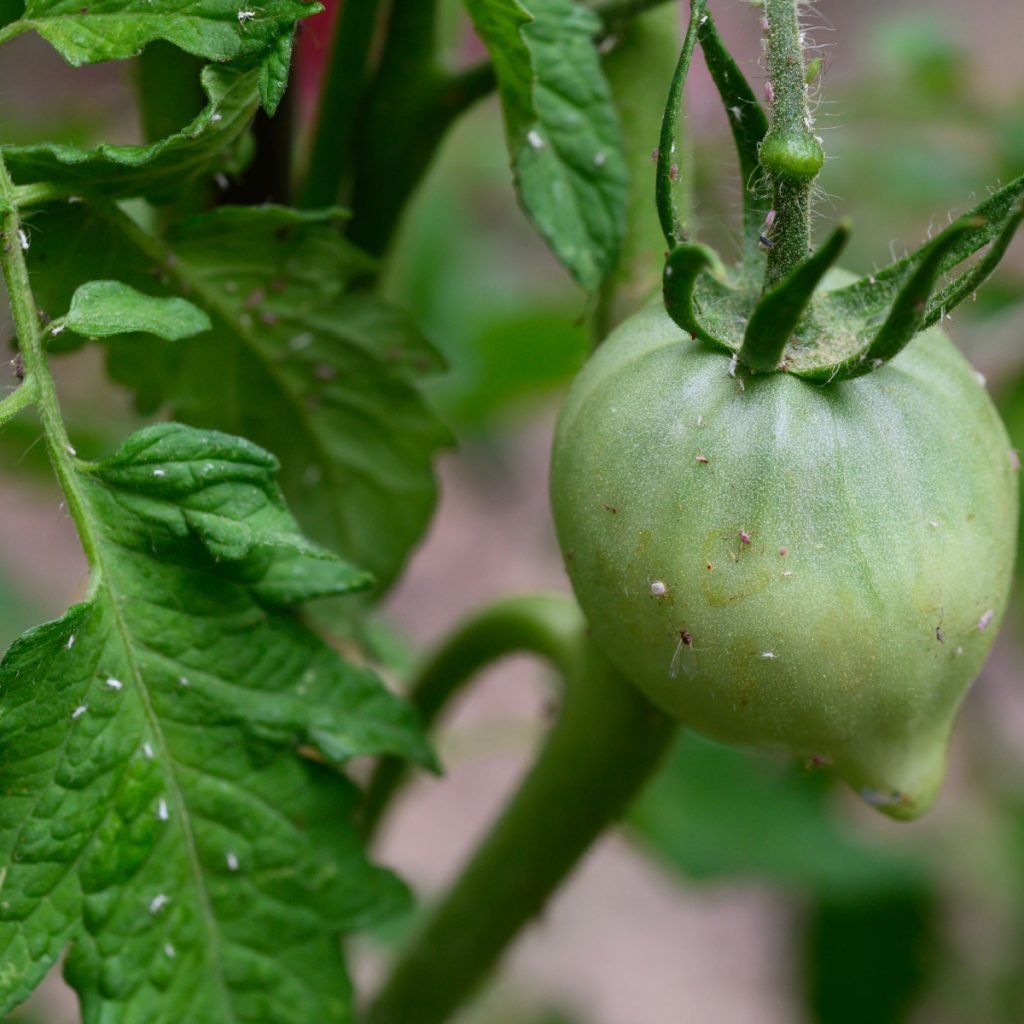
FOR MORE INSIGHT: Click here to discover essential tools for your garden
Awareness is Key: Signs of Infestation and Infection
To navigate the challenges posed by pests and diseases during the crucial harvest time, awareness and vigilance are your best allies. In many instances, a gardener may not realize there’s a problem until it’s too late, leading to severe implications for both quality and yield. By understanding the types of damage that can occur, you empower yourself to act decisively.
Recognizing the Warning Signs
Many common threats to your crops come with clear indicators of their presence. Familiarize yourself with the following signs that can help you spot problems early:
- Abnormal Growth Patterns: Stunted growth or twisted stems may suggest a variety of issues, from nutrient imbalances to infestations. Monitor your plants regularly to catch any unusual developmental patterns.
- Presence of Insects: Often, the first sign of insect infestation is the sight of the pests themselves. For example, inspect the undersides of leaves for aphids, tiny green or brown insects that can cluster in large numbers. Their populations can grow quickly, so catching them early is essential.
- Mold or Fungal Growth: White, powdery spots or dark, fuzzy patches are often indicators of fungal diseases. For instance, powdery mildew can spread rapidly in humid conditions, so it’s vital to act as soon as you see it.
- Fruit Tissue Damage: If your harvested fruits exhibit soft spots, leaking, or unusual shapes, these could be symptoms of diseases such as bacterial wilt. Inspect your fruits thoroughly before bringing them indoors.
Tools and Resources for Effective Detection
Equipping yourself with the right tools is crucial in detecting and managing garden pests and diseases effectively. A simple hand lens can amplify your ability to see tiny pests that might otherwise be overlooked, while a good pair of pruning shears allows you to remove infected parts of plants promptly. Additionally, consider using soil test kits; they can reveal deficiencies that may predispose your crops to infections or infestations.
For those seeking more information, numerous online resources and extension services offer localized information tailored to your specific crops and climate considerations. Accessing these tools can not only boost your identification skills but also provide you with treatment options suitable for your region’s challenges.
By sharpening your skills in recognizing pests and diseases, you can better protect your harvest, ensuring that your homegrown produce remains a source of pride and nourishment rather than a lesson in gardening mishaps. The journey into the world of crop protection begins with you; the more informed you are, the healthier and more abundant your garden will be.
Identifying Common Pests and Diseases
As you approach the harvest of your homegrown crops, it is vital to be vigilant about pests and diseases that can ravage your hard work. Here, we will explore some common threats that can occur during the harvest period, assisting you in distinguishing them effectively.
Common Pests
In the world of home gardening, pests can strike unexpectedly. Some notorious creatures to keep an eye out for include:
- aphids – Small, pear-shaped insects that suck the sap from leaves, often resulting in yellowing or curling leaves.
- spider mites – These tiny arachnids create fine webs and cause stippling on leaves, indicating severe infestation.
- whiteflies – Winged insects that can infest the undersides of leaves, causing leaf drop and the transmission of diseases.
Common Diseases
In addition to pests, several diseases may threaten your harvest:
- powdery mildew – This fungal infection manifests as a white, powdery substance on leaves, often thriving in poor air circulation.
- blight – Both early and late blight can affect tomatoes and potatoes, leading to dark spots and rapid decay.
- root rot – Overly wet conditions can lead to this dangerous condition, causing plants to wilt and die as their roots decay.
Diagnosis Techniques
To effectively identify pests and diseases, consider the following approaches:
- Visual inspection – Regularly scrutinize your plants for any changes, discoloration, or signs of distress.
- collecting samples – Bringing afflicted plants to local gardening centers or seeking advice from online platforms can provide insights.
- Monitoring conditions – Keeping track of weather conditions helps predict outbreaks, as pests and diseases often thrive in specific environments.
Employing these tactics during the harvest will not only help in identifying issues but will also pave the way for effective
management. Being proactive and knowledgeable about pests and diseases enhances your chances of ensuring a bountiful and healthy harvest.
DIVE DEEPER: Click here to discover effective soil preparation techniques
Effective Strategies for Monitoring and Managing Crop Health
Once you have a grasp on the signs of pests and diseases, implementing effective strategies to monitor and manage the health of your homegrown crops becomes paramount. With the right approaches, you can safeguard your harvest against potential threats while ensuring the sustainability of your gardening practices.
Regular Inspection Techniques
Consistent monitoring of your plants can be the difference between a thriving garden and a problematic one. Develop a routine inspection schedule, ideally checking your crops at least once a week. This is an excellent opportunity to observe the overall health of your plants and identify any changes. Here are some effective techniques:
- Visual Audits: Engage your senses during inspections. Look for color changes in leaves or flowers, and listen for unusual sounds, such as the crunch of insects feeding on your crops. Take notes on your observations to track trends.
- Touch Tests: Gently pinch leaves to feel for texture variations. Leaves that feel sticky may indicate aphid presence, while those that crumble may suggest diseases affecting the plant.
- Soil Checks: Inspect the soil moisture and texture. Overly dry or soggy soil can stress plants, making them more susceptible to diseases. A soil that is hard and compact could indicate a lack of aeration, creating an environment ideal for root rot pathogens.
Understanding Pest Life Cycles
Another vital aspect of monitoring is understanding the life cycles of common pests. For example, cabbage worms have distinct developmental stages, including eggs, larvae, and adults. By familiarizing yourself with these stages, you can time your inspections more effectively. Implementing preventative measures before infestations peak can negate potential damage significantly.
For example, knowing that cabbage moths tend to lay eggs during warmer months allows you to increase monitoring frequency during that period, ultimately reducing the chances of a larger pest population emerging.
Implementing Integrated Pest Management (IPM)
As you assess and detect potential threats, consider adopting an Integrated Pest Management (IPM) approach. This strategy combines methods such as:
- Biological Control: Introduce beneficial insects, such as ladybugs, that prey on harmful pests. Encouraging a diverse ecosystem in your garden can effectively minimize pest populations.
- Cultural Practices: Rotate crops each year to prevent the buildup of pathogens in the soil. Also, practice proper sanitation by removing any dead plant material that can harbor pests and diseases for the next planting season.
- Targeted Pesticide Use: When necessary, opt for organic pesticides that target specific pests while minimizing harm to beneficial organisms. Always follow application guidelines to ensure effectiveness.
Logging Observations for Future Reference
Finally, keep detailed logs of your observations and any actions taken in your garden. Record the dates of pest sightings, the type of interventions used, and the results of those actions. This documentation not only assists in monitoring trends but also becomes an invaluable resource for future harvesting seasons.
By employing these strategies, you arm yourself with knowledge and tools that will promote the health of your garden. The more you delve into the nuances of pest and disease management, the more successful you will be at reaping the rewards of your labor—delicious, healthy homegrown crops.
DIVE DEEPER: Click here to discover the best low-maintenance plants
Conclusion
In the journey of nurturing homegrown crops, understanding how to identify pests and diseases is a fundamental skill that can enhance both yield and quality. As you’ve discovered, proactively monitoring your garden through regular inspections, which includes visual audits and touch tests, allows you to catch early signs of trouble. Keeping a keen eye on the life cycles of pests equips you to anticipate and manage potential infestations more effectively.
Moreover, adopting an Integrated Pest Management (IPM) approach not only helps in controlling pest populations but also maintains the ecological balance within your garden. By introducing beneficial insects, practicing crop rotation, and utilizing organic pesticides when absolutely necessary, you create a robust defense against unchecked pest populations while promoting a healthy environment.
Finally, maintaining detailed logs of observations empowers you with invaluable data for future growing seasons. This practice fosters a greater understanding of your garden’s unique dynamics and can lead to improved strategies in pest and disease management over time. As you cultivate this knowledge, remember that each season presents an opportunity for learning and improvement.
As you harvest the fruits of your labor, approach your garden with confidence. By integrating these essential strategies in pest and disease identification, you’ll not only protect your crops but also contribute to a more sustainable gardening experience. Dive deeper into this fascinating world, and let your homegrown produce flourish!
